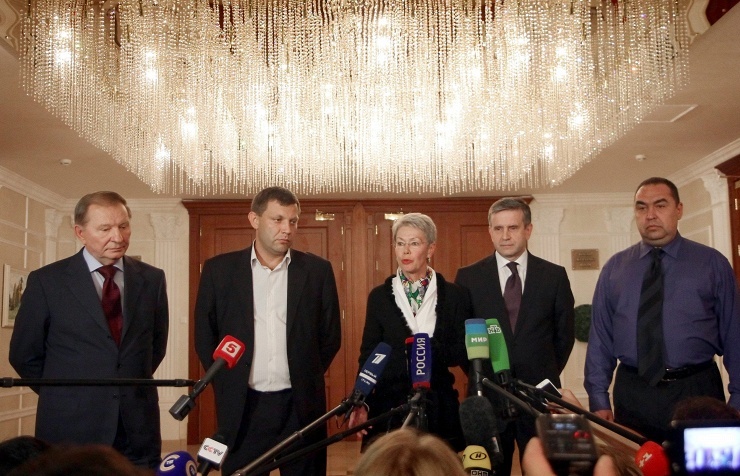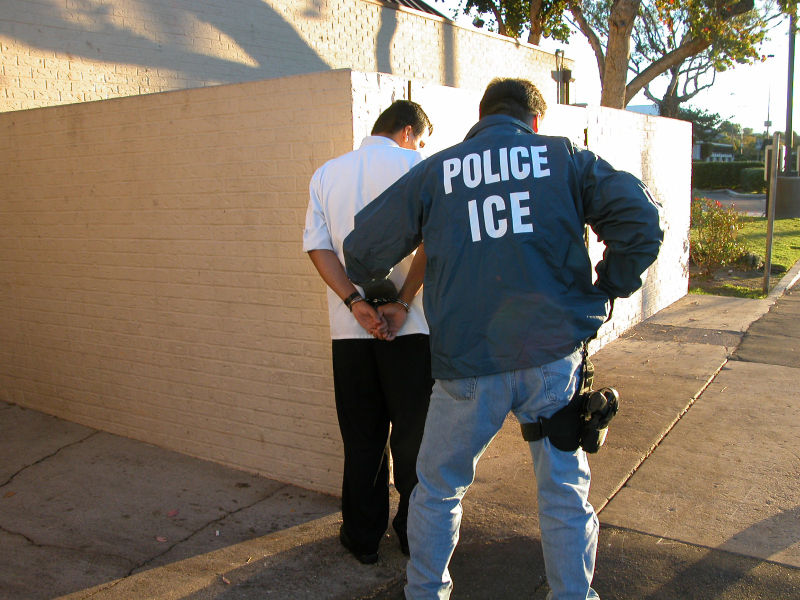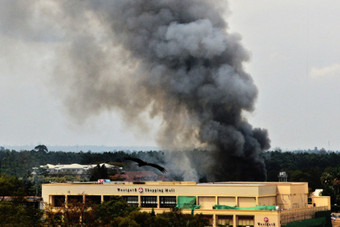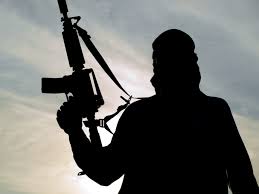Over the last several months, the Ukrainian government has been engaged with separatist forces in the Donbas region. Throughout the protracted fighting, the advantage has swung back and forth. In an effort to help bring the violence to an end, Russian President Vladimir Putin outlined a seven-point plan for peace while on an official visit to Mongolia. While the plan first called for a cessation of violence with appropriate international observers ensuring compliance, it also urged for an all-for-all transfer of prisoners and humanitarian aid to be allowed in along with repair brigades to help rebuild vital infrastructure and assist with preparations for winter.
Two days later, on September 5, 2014, the self-designated Prime Ministers of Donetsk and Luhansk, Russia’s Ambassador to Ukraine, former Ukrainian President Leonid Kuchma and the OSCE’s special envoy for Ukraine met in Minsk. The representatives of Ukraine, Donetsk and Luhansk all had earlier claimed they were ready to simultaneously sign a ceasefire. During this meeting, OSCE Representative Heidi Tagilavini informed the world that all sides have signed a 12-point plan with a ceasefire coming into effect at 18:00 local time. President Petro Poroshenko, in a press conference that day, stressed that the basis of the plan was respect of Ukraine’s sovereignty and territorial integrity. He was quoted as saying “Kyiv is ready to ensure significant steps on decentralization of power, special status of separate districts of Donetsk and Luhansk regions in the context of their economic freedom, guarantee of free use of languages and cultural traditions.”
The next day, Presidents Poroshenko and Putin discussed the ceasefire over the phone, and agreed that the ceasefire was generally being observed. Despite this agreement between leaders, the Donetsk People’s Republic informed ITAR-TASS that Ukrainian forces were continuing to conduct offensive operations, though the news agency was not able to confirm this allegation with other sources.
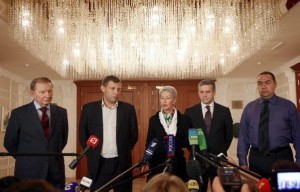
The 12-point plan signed in Minsk (at the time of writing only available in Russian from the OSCE), as stated above, calls for a prisoner exchange, but also for Kyiv to work towards legislation preventing prosecution for participation in the fighting and continue nationwide dialogue. Additionally, illegally armed groups are required to withdraw from the territory of Ukraine, and early elections are to be held in Donetsk and Luhansk. After the document was signed, the leadership of both regions said that while they were committed to observing the peace plan, they were still going to pursue independence from Kyiv. Andrei Purgin, the Deputy Prime Ministry of the so-called Donetsk People’s Republic, on September 9, 2014, said “we are standing firm on the position of self-determination” for Donetsk and Luhansk.
On September 8, 2014, the OSCE verified that while the situation remained shaky, the ceasefire held over the weekend, with 250 OSCE monitors deployed to Ukraine. Poroshenko noted the same day that, apart from incidents in Donetsk and Mariupol, the ceasefire had held. The prisoner exchange began on the same day, with 20 Ukrainian soldiers being released. This exchange has been continuing since, with the Ukrainian National Security Council reporting that 648 servicemen were released on September 9, 2014.
As the ceasefire continues to be observed and the prisoner exchange remains ongoing, Kiev is working towards creating a roadmap for achieving the goals outlined in the provisions of the Minsk agreement. Efforts are being directed toward efficient control of the Russian-Ukrainian border through the establishment of a security zone on both sides and ensuring humanitarian aid can be delivered to the affected regions.
With Putin’s plan acting as a framework, it seems, at least for now, that the situation can be resolved. However, in spite of Putin’s repeated calls for peace and the current ceasefire holding, there is still the possibility of further sanctions against Russia. While Finland has been outspoken against the implementation of new sanctions in light of the progress of the ceasefire, during a day of talks in Brussels, Canadian Foreign Minister John Baird has stated that Canada remains skeptical of Russia’s willingness to de-escalate, and has said that in the event of Russian provocation, Canada would be advocating for additional measures.
While it remains to be seen how the situation in Ukraine will unfold, through mutual respect of each other’s wishes, Ukraine, Russia and the international community can, through peaceful means try to resolve their differences. It is imperative that all sides work together to solve this crisis and prevent a return to violence.

